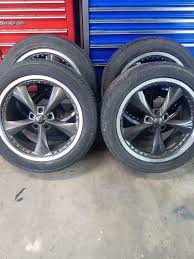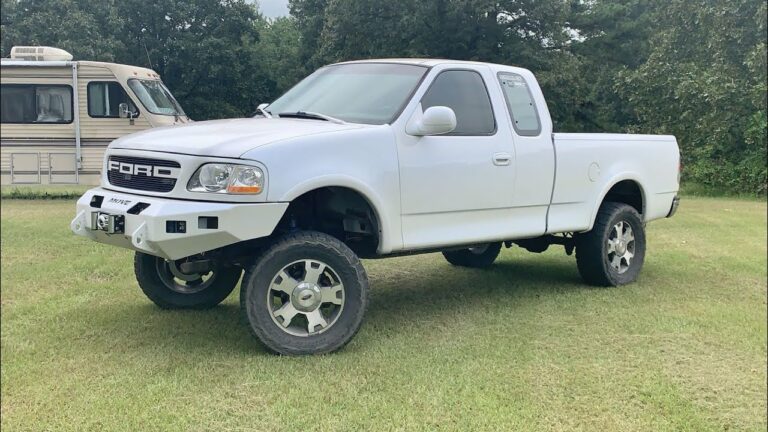Will Low Battery Cause Warning Lights to Come On?

A low battery in your vehicle can trigger a range of warning lights and cause various electrical issues. Since the battery is essential for powering the electrical system, a weak or failing battery can impact various components in the car, leading to the illumination of warning lights. Let’s explore how a low battery can affect your vehicle’s systems and what warning lights may appear.
How a Low Battery Affects Your Vehicle
Your vehicle’s battery is responsible for providing power to several critical systems, including the engine, electrical components, and dashboard. When the battery’s charge is low, it can affect these systems, causing warning lights to activate. Here are some of the most common warning lights that can be triggered by a low battery:
Common Warning Lights Caused by Low Battery
1. Battery Warning Light
- Indicator: A battery symbol appears on the dashboard.
- Cause: A low battery charge, poor battery connections, or alternator issues.
- Action: If you see this light, it typically means your battery is not being charged properly, and you should check the battery and alternator.
2. Check Engine Light
- Indicator: The check engine light (CEL) may illuminate.
- Cause: A low or failing battery can cause electrical fluctuations, which may trigger the engine control unit (ECU) to register errors. This can also affect sensors and performance.
- Action: A diagnostic scan can identify if the issue is related to the battery or other components.
3. Alternator Warning Light
- Indicator: An alternator warning light or a charging system warning light may appear.
- Cause: If the battery is low or the alternator is not charging properly, this light will illuminate. This often means that your alternator is not providing enough power to recharge the battery.
- Action: The alternator may need repair or replacement if it’s malfunctioning.
4. ABS Warning Light
- Indicator: The ABS (Anti-lock Braking System) warning light may come on.
- Cause: Low battery voltage can cause a drop in power to the ABS system, which may trigger the warning light.
- Action: Check the battery voltage and ensure proper functioning of the ABS system.
5. Oil Pressure Light
- Indicator: The oil pressure warning light could turn on.
- Cause: A weak battery may cause fluctuations in the electrical system, including the oil pressure sensor. This can cause false readings or trigger the light.
- Action: Check the oil levels and the battery to ensure everything is functioning properly.
6. Tire Pressure Warning Light
- Indicator: A tire pressure warning light may appear.
- Cause: Some modern vehicles’ tire pressure monitoring systems (TPMS) can be affected by low voltage from the battery, triggering the warning light even if tire pressure is normal.
- Action: Reset the system and check tire pressure to ensure it is within the recommended range.
Why Low Battery Causes These Lights to Appear
Electrical System Impact
The battery powers various sensors, control modules, and electrical systems in your car. If the battery’s voltage drops, it can cause erratic behavior in these systems, which may trigger warning lights.
Alternator Function
The alternator charges the battery while the engine runs. If the alternator isn’t working properly, the battery may not receive a sufficient charge. This can cause issues in powering the vehicle’s electrical systems and trigger related warning lights.
Voltage Drops
When the battery is weak, it may not provide a consistent voltage to the vehicle’s electrical components. This can lead to faulty readings from sensors and control systems, causing the dashboard lights to illuminate.
What to Do If Your Battery Is Low and Warning Lights Appear
1. Check Battery Voltage
If you suspect a low battery, check its voltage using a multimeter. A healthy, fully charged battery typically has around 12.6 volts. Anything below 12 volts could indicate a weak battery.
2. Charge or Replace the Battery
If the battery voltage is low, consider charging it using a car battery charger. If the battery is old or cannot hold a charge, it may need to be replaced.
3. Inspect the Alternator
If the battery is charged but the warning lights persist, the alternator may not be charging the battery properly. Have the alternator tested to ensure it is working correctly.
4. Reset the Warning Lights
Sometimes, the warning lights will reset once the battery is charged. However, if they remain illuminated, it’s essential to diagnose the underlying issue with the help of a mechanic.
5. Get a Professional Diagnosis
If the lights continue to appear, it’s a good idea to have the vehicle inspected by a mechanic. They can use diagnostic tools to pinpoint the exact cause of the issue, whether it’s the battery, alternator, or another component.
Conclusion
A low battery can indeed cause warning lights to appear on your vehicle’s dashboard, as it affects your car’s electrical system. Common warning lights that may be triggered include the battery warning light, alternator warning light, and check engine light. If you notice any of these lights, it’s crucial to check the battery’s voltage, charge it if necessary, or replace it if it’s no longer functional. If the issue persists, seek professional help to avoid further damage to your vehicle.
FAQs
1. Can low battery cause my car not to start?
- Yes, if the battery is too weak, it may not provide enough power to start the engine.
2. How can I tell if my battery is low?
- Use a multimeter to check the voltage. A reading below 12 volts indicates a weak or low battery.
3. How long does a car battery last?
- On average, a car battery lasts between 3 to 5 years, but this can vary depending on usage and climate.
4. Will a low battery cause my AC to stop working?
- A low battery can cause electrical system issues, which may affect the performance of components like the AC. However, it’s not the primary cause of AC failure.
5. Can a weak battery cause my car to stall?
- Yes, if the battery is weak or failing, it can cause the vehicle to stall, especially at low speeds or when idling.





